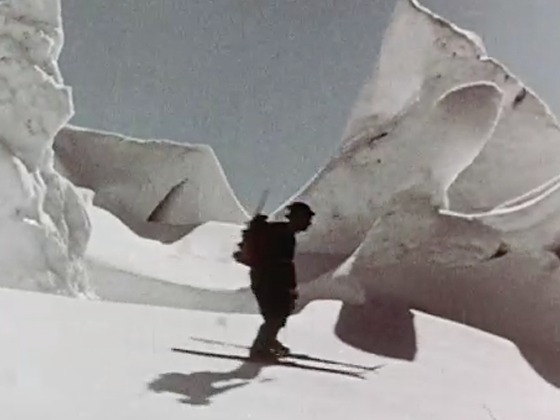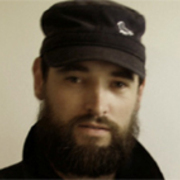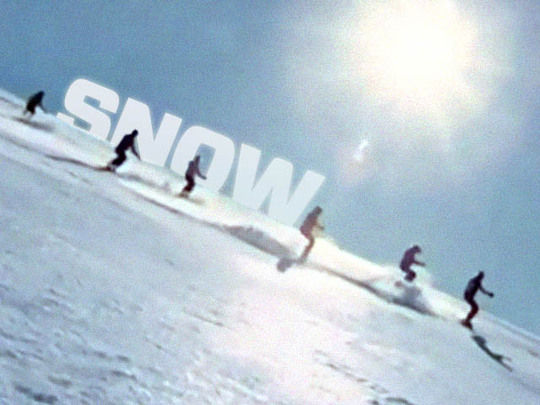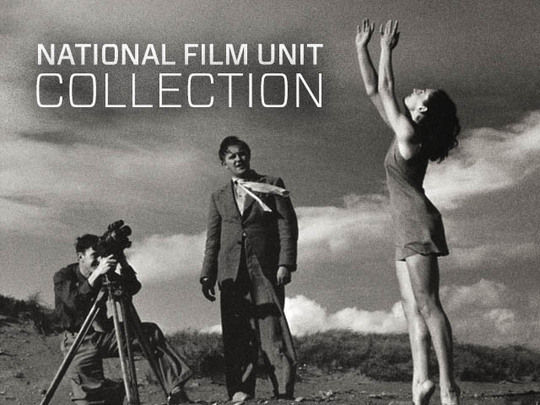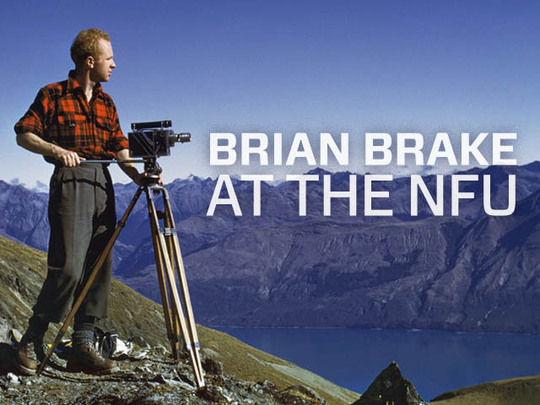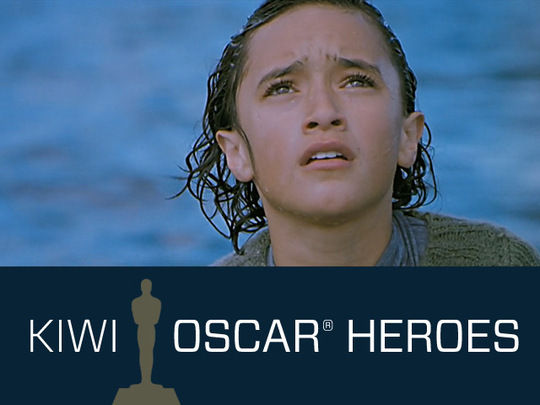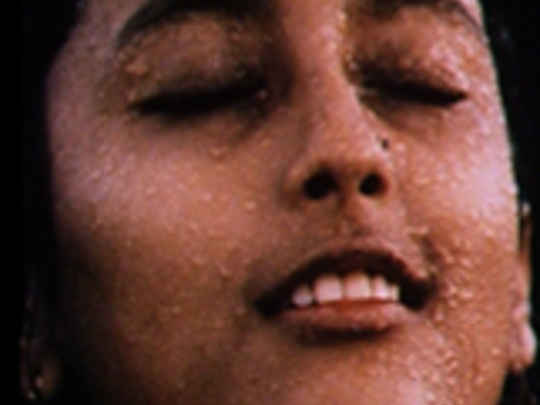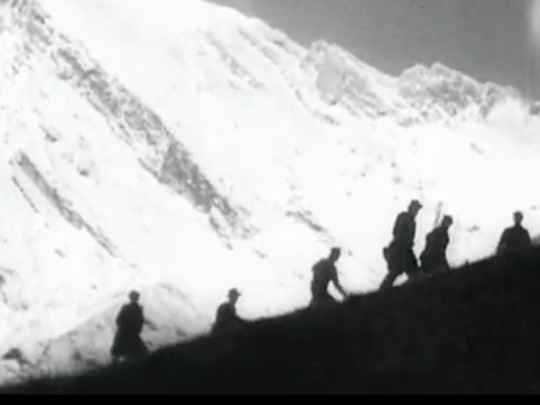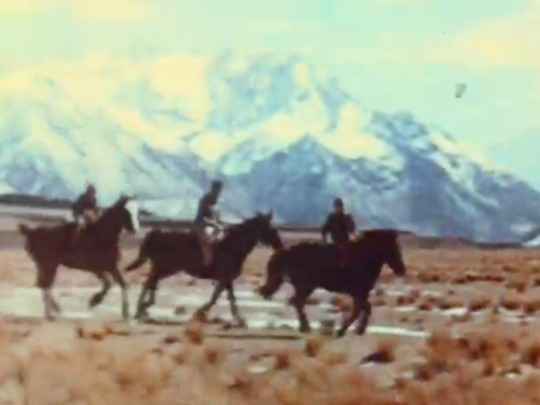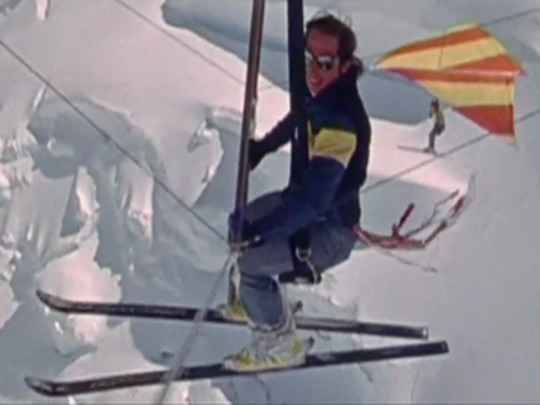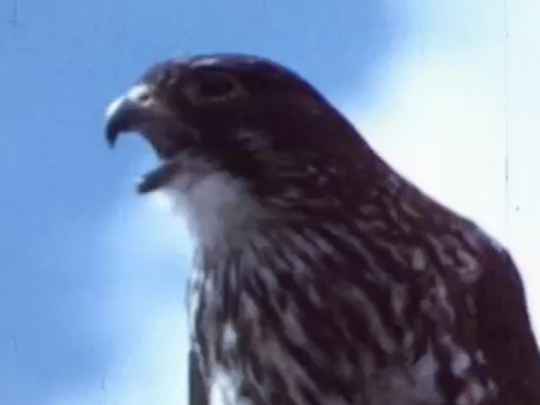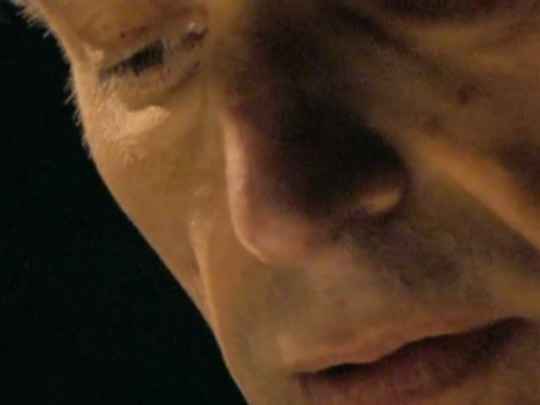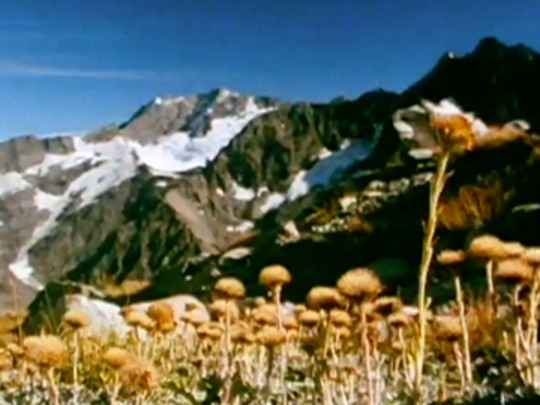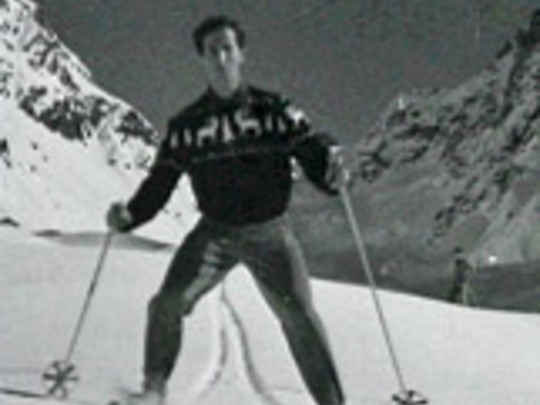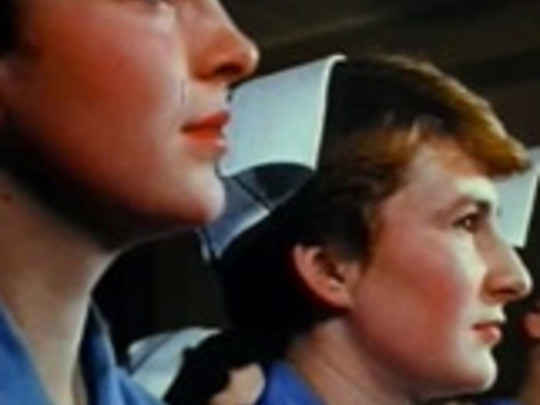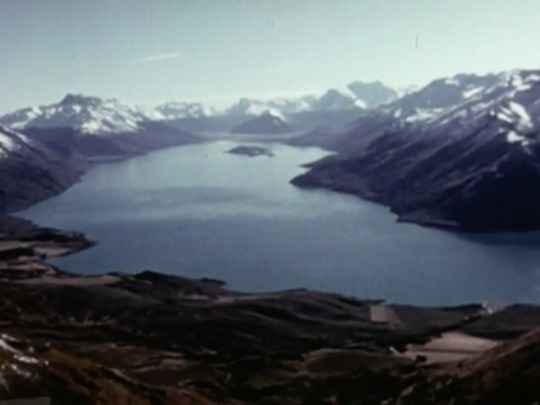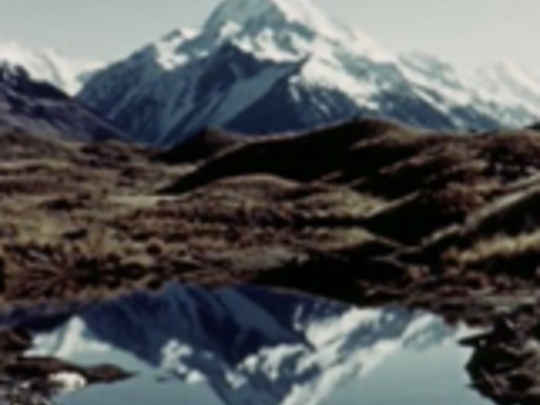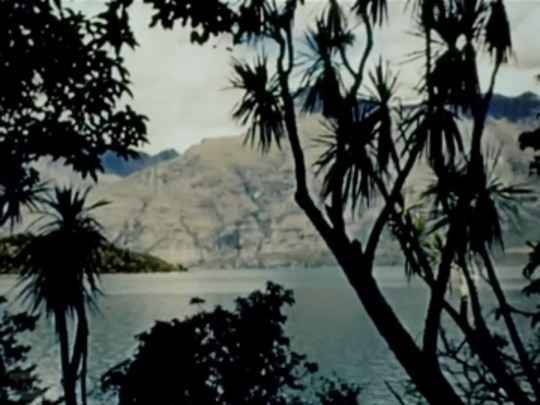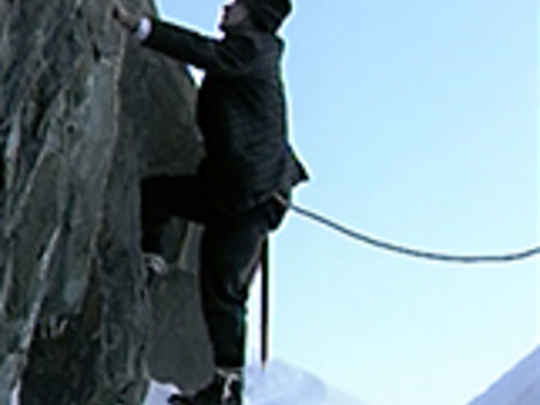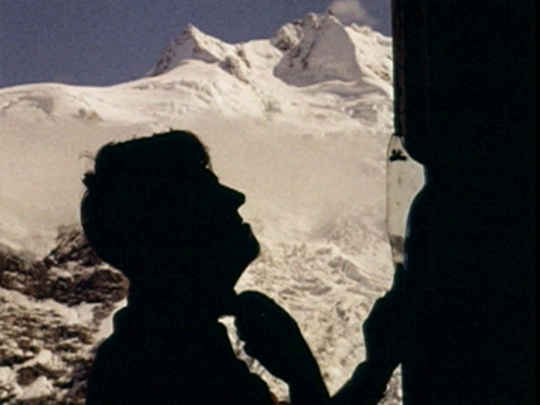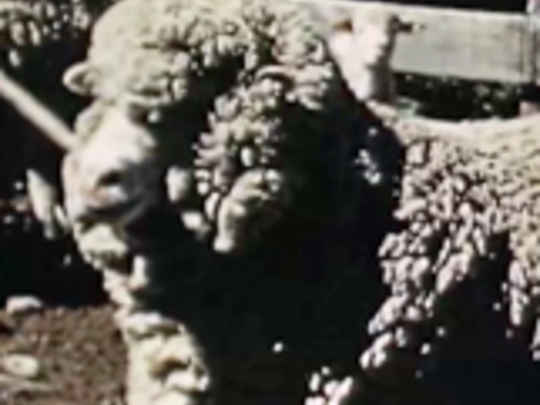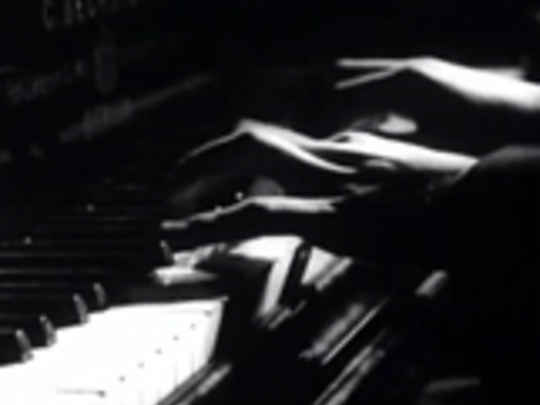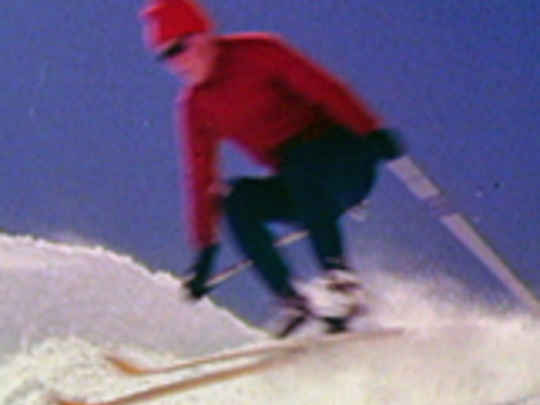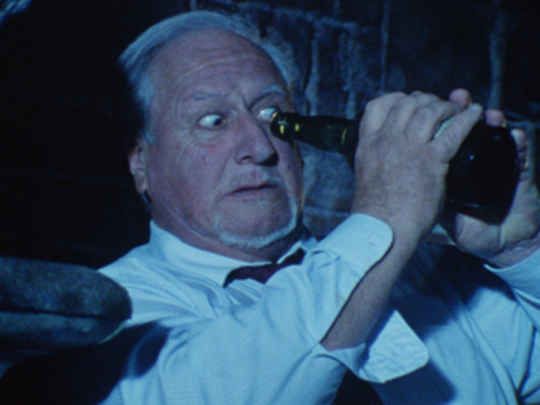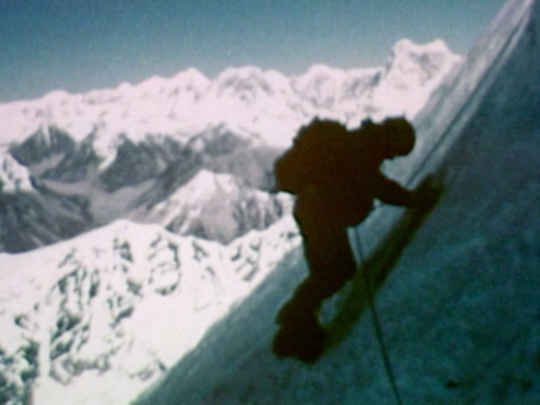Snows of Aorangi
Short Film (Full Length) – 1955
A Perspective
Brian Brake is internationally known for his work as a stills photographer, but in the early 1950s, after training with Spencer Digby (a well known Wellington photographic studio), Brake, just into his 20s, was directing and shooting moving images for the National Film Unit.
He had only been at the National Film Unit a short time (since 1948) and was wrestling to make 'art' within the confines of post-war NFU news-reels and promotional films.
In 1949 Brake had led an all-star art team - poet James K Baxter, composer Douglas Lilburn (also at the NFU) and painter John Drawbridge (all under 30; Drawbridge was 18) — in an attempt to make a 'cinematic poem' about an ascent of Mt Aspiring. The ambitious project was never completed (a story told in the 2006 documentary Aspiring), but it represented Blake's long-held fascination with the landscapes of the Southern Alps and the people who inhabit them.
In 1953 he filmed Snows of Aorangi; it was post produced in 1954 and screened overseas, and released in New Zealand 1955. It is not an art film - it is essentially a tourism promo for recreational skiing - but Brake uses the hard sell mandate to create some stunning cinematography. Brake's ambition was to cut the images to Sigismondo d'Indy's Symphony on a French mountain air (1886).
Some of the narrative is fairly prosaic as it ticks off the necessary slate of tourist attractions, from Tongariro to The Hermitage. But you get a sense of Brake's feel for image when the film focuses on the three skiers (including yodeling Swiss alpine guide Hans Rudi Bohny). After sheltering from a blizzard and a dramatic lightning storm at Almer Hut, they wait for the weather to clear before carving fluid paths through the otherworldly white landscapes of the Southern Alps. An accordion is the quirky accompaniment on the soundtrack to Brake's trio.
For the commentary, Baxter was brought onboard by Brake. In a later interview Brake explained the trouble he'd had getting Baxter on the project at all because the managers at NFU wondered what a poet knew about "selling skiing to Australians". Brake added laconically, "We eventually got that point across alright."
The commentary accompanying Brake's images is written in the conventional style of the time, grand and full of boosterish adjective. Critic Gregory O'Brien in 2006 called it a "workmanlike script" and it was produced from the confines of a Wellington studio: "slow are the waves of time upon our island beaches, where ships and migratory birds touch, rest and are gone ... beyond, above, the mountains stand: immense, unchanging."
But there are occasional moments of Lawrentian grace: "From spur to ragged spur the feathered snow plumes rise" ... "for a little while they've [the skiers] given themselves to the rhythm of sky and earth."
Frustrated by the lack of support at the Film Unit for his more creative projects and disillusioned with a narrow minded post-war NZ society, Brake eventually moved overseas.
By the time the film competed for an Academy Award (the first New Zealand film to do so), in 1959, Brake was making his name as a stills photographer. He had already been invited to join the prestigious Magnum photo agency, had shot Picasso at a bullfight, and in two years he would shoot his reputation-making Monsoon series.
